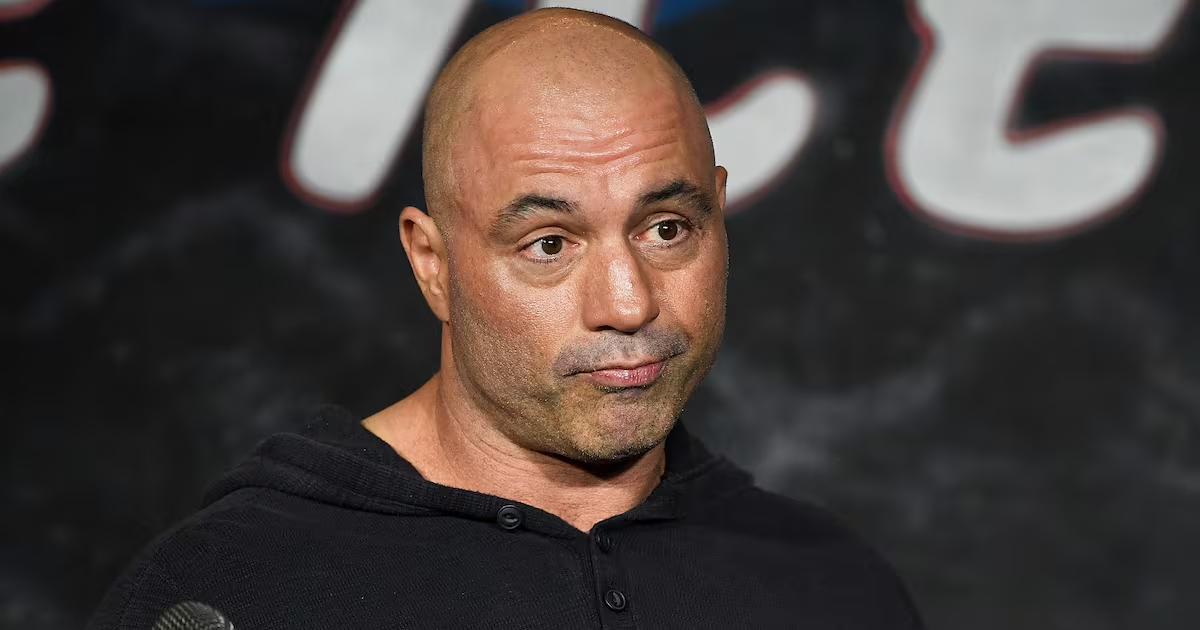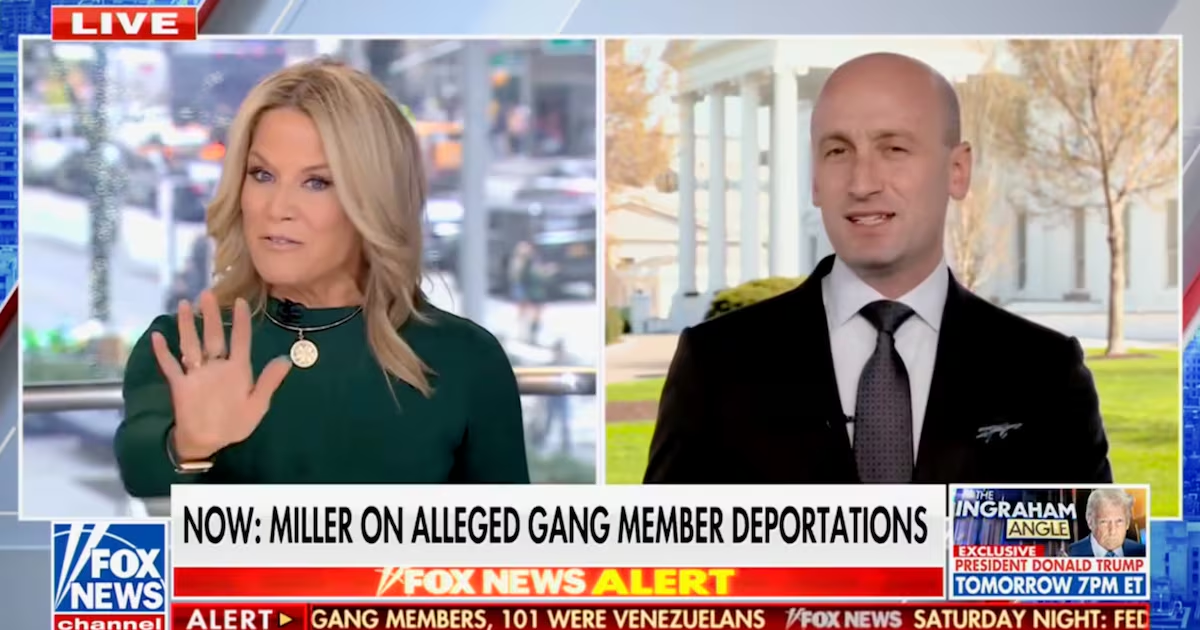Next month marks 10 years since the loss of beloved actor Patrick Swayze to pancreatic cancer. I Am Patrick Swayze, a two-hour film from the Paramount Network, honors the Dirty Dancing star’s legacy through nostalgic home video footage and emotional interviews with his family members and costars.
The opening lines of the documentary convey an intention to probe beneath the actor’s golden boy exterior. “I think the biggest thing for me about insecurity is,” Swayze says in a voiceover set to clips of him grinning in bed and strolling shirtless around the property of his Los Angeles ranch, “I’ve always been very insecure and had these problems go on in my insides and this tension and this not liking myself stuff.” As we learn, Swayze wanted nothing more than to avoid being pigeonholed in the sex symbol persona the media thrust on him.
The Paramount film sets out to determine just who, exactly, the real Swayze was. As friends and family narrate different periods of his life, they all seem, consciously or not, fixated on how best to identify him. They cling to the labels the media gave Swayze throughout his career—macho, sexiest man alive, action star—in contrast with the way he defined himself: cowboy, ballet dancer, serious actor. In fact, rarely do the interviewees even refer to him as Patrick. Instead, he is “Buddy,” a lifelong nickname used by those in his inner circle. Not even “Patrick” is an accurate identifier.
Still, the film makes its best effort at defining the Texas native, who died at the age of just 57. In addition to his relatives, producers spoke to his manager and agent, and actors including C. Thomas Howell, Sam Elliott, and Jennifer Grey. Rob Lowe, who played Swayze’s younger brother in Francis Ford Coppola’s The Outsiders, gets a generous amount of screen time as well.
There is ample grainy footage of Swayze sans shirt, all rippling biceps and flowing mullet on horseback. These images are juxtaposed with poignant clips from old interviews in which he expresses his passion for acting as well as his insecurities, practically begging to be taken seriously and to be allowed to pursue a “life after sex symbol,” as he says. Kelly Lynch, who played his love interest in the 1989 film Road House, explains, “I don’t think he really knew that people cared for him as much as they did.”
It is at this point that I feel obligated to issue a warning. It is virtually impossible to watch I Am Patrick Swayze without crying. Take it from someone who was reduced to full-on ugly crying at her place of work. Whether you, like me, spent many a Saturday night in college re-watching Dirty Dancing with your roommate, or you simply stumbled onto the documentary while channel surfing on Sunday night, you will cry. Probably multiple times.
In one of the most emotionally compelling moments of the documentary, Swayze’s widow Lisa Niemi leans knowingly towards the camera, forcing a smile as tears well up in her eyes. Though she attempts a laugh, her wavering voice betrays the depth of her pain as she asks, “We can always take this out later, right?” Off-camera, crew members assure her that they can.
With a deep breath in, Niemi cautiously begins to describe the strain of Swayze’s depression and alcoholism on their marriage, at one point forcing her to move out temporarily. She describes the pain of being in a relationship with an addict. “It’s horrible,” she says, “because to stay was killing me, but to leave would have killed me, too.”
It’s one of the few dark memories highlighted in I Am Patrick Swayze. A majority of the film is, rightly, dedicated to singing the movie star’s praises. His manager, Kate Edwards, extols Swayze’s superhuman ability to look sexy in roller skates, referring to his 1979 role in Skatetown U.S.A. In a scene exactly as bizarre as it sounds, Rob Lowe says his onscreen brother had “big dick energy.”
Costars also describe being inspired and enraptured by his intensity. In decades-old interview footage, his mom, Patsy Swayze, rasps, “When I turn on the TV and there he is, it’s like, ‘That’s my child. That’s not their big superstar. That’s my son.’” Those who saw Swayze dance try to articulate the beauty of watching someone so large and masculine move with such grace. Don Swayze touchingly gushes about “Buddy” with the sincere admiration of a little brother who grew up idolizing his older brother. By the end of the movie, the message is clear: To the people who knew and loved him, Patrick Swayze was larger than life.





